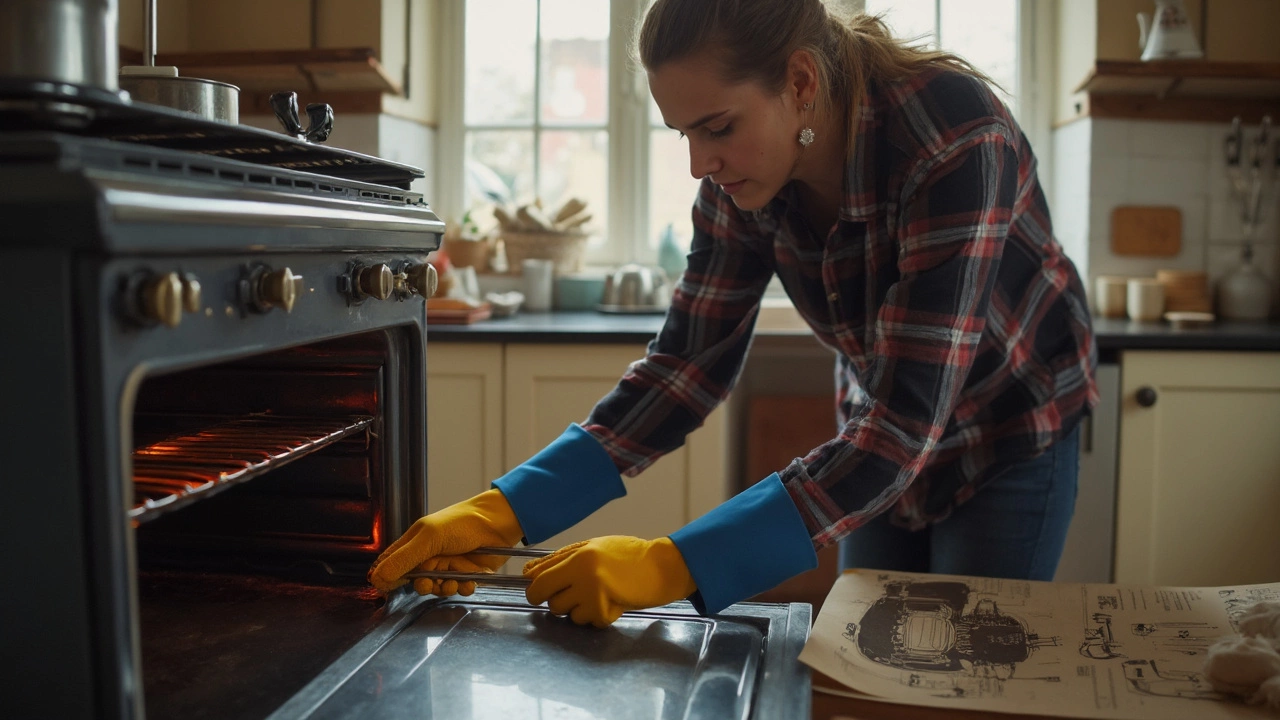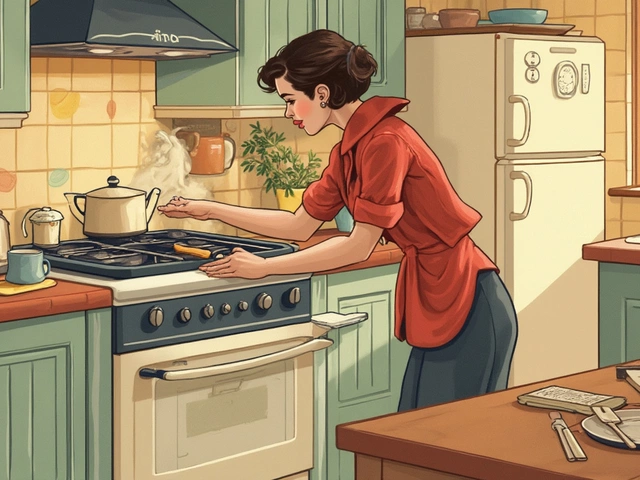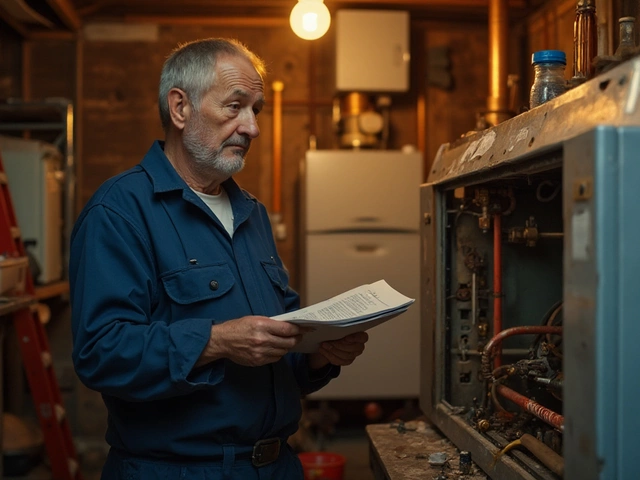Why Did My Electric Oven Suddenly Stop Working?
February 6 2025Fix Electric Oven: Simple Steps to Get It Heating Again
First thing – don’t panic. Most electric ovens stop heating because of a few common, cheap‑to‑fix problems. Knowing what to check saves you a callout fee and gets dinner back on time.
Check the Power and the Settings
Start with the basics: is the oven actually getting electricity? Plug a lamp or a hair dryer into the same socket. If it works, the outlet is fine. If the oven has a digital display, try a reset – turn off the circuit breaker for a minute, then switch it back on. Many modern ovens just need a quick reboot to clear a software glitch.
While you’re at it, make sure the temperature knob isn’t stuck on “off” or set to a low setting. Some models have a “warm” function that looks like a bake setting but won’t fire the heating elements. Double‑check the user manual if you’re unsure.
Common Faults and How to Fix Them
1. Faulty heating element. The element is the most likely culprit when an oven won’t heat. Look inside the oven cavity – you should see a metal coil on the bottom (for bake) and possibly one on the top (for broil). If the coil is broken, darkened, or has a visible gap, it needs replacing. You can buy a replacement element online or from a local hardware store. Unplug the oven, remove the old coil by loosening the mounting screws, connect the new one, and screw it back in place.
2. Bad thermal fuse or thermostat. Electric ovens often have a safety fuse that blows if the oven gets too hot. Use a multimeter set to continuity; if the fuse shows no continuity, it’s blown and must be swapped. The thermostat works similarly – test it with a multimeter and replace if it reads out of range.
3. Loose or damaged wiring. Open the back panel (after the oven is unplugged) and look for any burnt, frayed, or disconnected wires. Tighten loose connectors and replace any damaged wires. If you’re not comfortable working with live electricity, it’s safer to call a qualified engineer.
4. Faulty oven control board. Newer ovens use electronic boards to manage heating cycles. A dead board will usually cause the oven to stay off no matter what you select. Signs include a completely dead display or random error codes. Replacing a control board can be pricey, so weigh the cost against buying a new oven.
Before you order any parts, note the make and model number (usually on a sticker inside the door frame). That ensures you get the exact component.
Once you’ve swapped the faulty part, plug the oven back in and run a quick test. Set the oven to 180 °C (350 °F) and watch the element glow – you should see it heat up within a minute.
If the oven still won’t heat, the issue might be deeper than a DIY fix. Problems like a damaged main power cable, an internal fuse inside the mains board, or a complicated control board failure are best left to professionals.
That’s where Bedford Gas Appliance Repair Services comes in. Our certified engineers can safely diagnose and repair electric ovens, boilers, and other gas‑related appliances. We’ll get your kitchen back in action without compromising safety.
Remember, safety first: always disconnect power before touching any internal parts, and never force a broken component back into place. A little patience, the right tools, and these step‑by‑step checks can save you time and money.
Got a stubborn oven that just won’t cooperate? Give us a call and let our experts handle the heavy lifting while you enjoy a hot, fresh meal sooner.
 26 Jun
26 Jun
Oven Repair DIY: Can You Fix Your Oven at Home?
Get the facts and how-to tips on oven repair: from easy fixes like replacing elements to knowing when to call a pro. Real-life troubleshooting and safety advice.
Read More...



